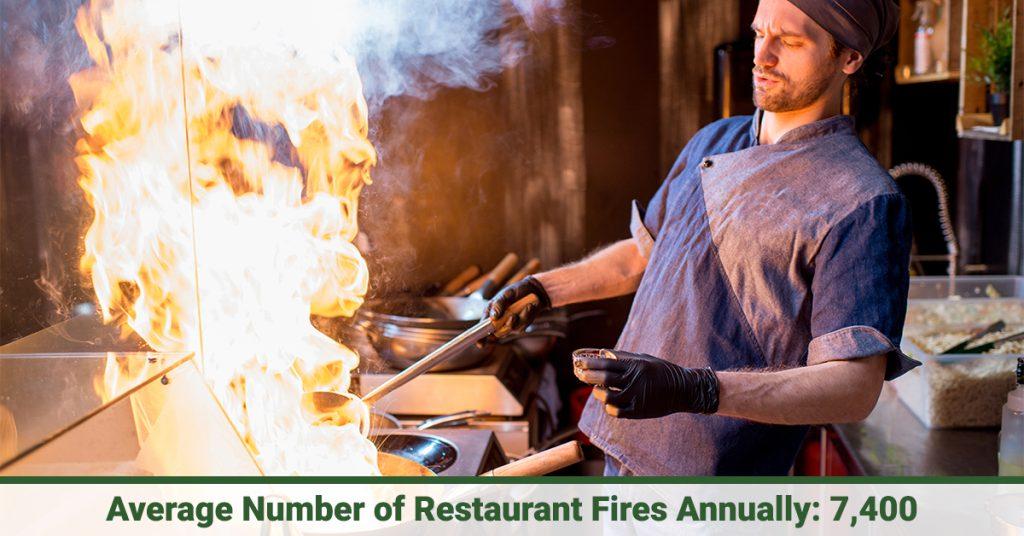Running a restaurant comes with its fair share of challenges, but dealing with unexpected mishaps shouldn’t be one of them. Whether it’s a kitchen fire, water damage, or a sudden equipment breakdown, having the right insurance in place can be a true lifesaver. The good news? Filing a restaurant insurance claim doesn’t have to be complicated or time-consuming. In this blog, we’ll walk you through a simple, step-by-step approach to filing your claim quickly and confidently — so you can get back to doing what you love: serving delicious meals and creating memorable experiences for your guests. Let’s dive in!
Table of Contents
- Choosing the Right Documentation to Support Your Claim
- Understanding Common Restaurant Insurance Policy Terms
- Step-by-Step Guide to Submitting Your Claim Efficiently
- Tips for Communicating Effectively with Your Insurance Adjuster
- The Way Forward
Choosing the Right Documentation to Support Your Claim
Gathering the correct paperwork can make all the difference when navigating the insurance claim process. Start by collecting transaction receipts, proof of purchase for damaged equipment, and photographs of the affected areas. These documents provide undeniable evidence that supports your case and expedites the review process. It’s also wise to include any inspection reports or police records if your claim involves theft or vandalism. Organizing these materials clearly in a folder or digital file helps streamline communication with your insurer.
Don’t forget to review your insurance policy before submitting your claim. Understanding the specific requirements your insurer has for documentation ensures you won’t miss critical details. Typically, insurers look for:
- Itemized lists of damaged or lost inventory
- Estimates or invoices for repairs
- Statements from witnesses or customers, if applicable
Having these ready will speed up processing time and reduce headaches. Remember, a well-prepared claim backed by clear documentation is key to a quick and favorable resolution.
Understanding Common Restaurant Insurance Policy Terms
When navigating the world of restaurant insurance, getting familiar with key terms can save you time and reduce stress during the claim process. Terms like “deductible” refer to the amount you’re responsible for paying before your insurer covers the rest. Understanding your “liability coverage” is crucial, as it protects your business against claims of bodily injury or property damage. Be sure to clarify what your “business interruption insurance” entails – it compensates for lost income if your restaurant has to close temporarily due to a covered event. Grasping these concepts ensures you’re not caught off guard when filing a claim.
Another essential phrase to know is “endorsement,” which are policy modifications that add or exclude coverage for specific situations. Your policy might also include “exclusions,” detailing what’s not covered – knowing these ahead of time can prevent unpleasant surprises. Finally, the “claim limit” defines the maximum payout your insurer will provide for a covered loss. Keeping these terms handy during the claims process empowers you to communicate clearly with your insurance provider, making the experience smoother and faster.
Step-by-Step Guide to Submitting Your Claim Efficiently
Filing your restaurant insurance claim doesn’t have to be a daunting task. Start by gathering all relevant documentation, including your insurance policy, receipts, photographs of any damage, and any reports related to the incident. Clear organization at this stage speeds up the process considerably. Next, make sure to notify your insurance provider as soon as possible. Many insurers have specific time frames within which claims must be reported, so prompt communication is essential to avoid delays.
Once you’ve reported the claim, keep these tips in mind to maintain efficiency:
- Document Every Interaction: Keep a log of calls, emails, and messages with your insurer.
- Stay Responsive: Quickly provide any additional information or forms requested.
- Follow Up Regularly: Check on the status of your claim to ensure it’s progressing smoothly.
By staying organized and proactive, you’ll navigate the claims process with confidence and get your restaurant back on track in no time.
Tips for Communicating Effectively with Your Insurance Adjuster
When speaking with your insurance adjuster, clarity and preparation can make all the difference. Start by organizing all your documents, including receipts, photos, and incident reports, so you can provide accurate information promptly. Be concise and stick to the facts—avoid speculation or emotional language that may cloud the conversation. Remember, the adjuster’s goal is to understand your claim fully, so maintaining a polite and cooperative tone helps build a constructive rapport, which could lead to a smoother claim process.
It’s also essential to keep detailed records of every interaction. Note the date and time of calls, the names of any representatives you speak with, and a summary of the discussions. This not only creates a paper trail but also empowers you to reference previous conversations if discrepancies arise. Don’t hesitate to ask questions or request clarification on terms and procedures—being well-informed ensures you stay in control of your claim journey. And remember, persistence combined with patience often paves the way to a successful resolution.
- Stay organized: Keep all claim-related documents accessible
- Be clear and factual: Communicate without assumptions or emotion
- Keep records: Document every interaction thoroughly
- Ask questions: Ensure you understand each step
- Maintain professionalism: A respectful tone promotes cooperation
The Way Forward
Filing a restaurant insurance claim doesn’t have to be stressful or overwhelming. With the right knowledge and a clear step-by-step approach, you can navigate the process smoothly and get back to what matters most—running your business. Remember to stay organized, communicate promptly with your insurer, and don’t hesitate to ask for help when needed. By taking these simple steps today, you’re not only protecting your restaurant but also paving the way for a quicker recovery. Here’s to turning challenges into opportunities and keeping your restaurant thriving!






